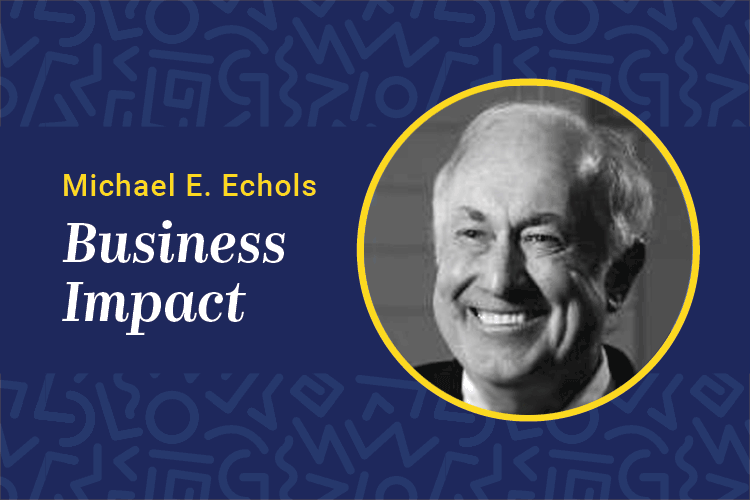Our world — and the world of work — is changing fast. I realize some of you may not even know what a vinyl record is, let alone why the phrase “sounding like a broken record” is relevant, but bear with me as we waltz down memory lane — music pun intended. This is my way of sharing a once familiar metaphor that has been made obsolete by the digital age, but is appropriate for a discussion of the importance of metrics for the CEO.
For those who have never heard music played on a phonograph, sometimes the record player’s needle would get stuck in a crack of the vinyl surface on a broken record. The result would be a continuous repeating of the same few bars of music.
In the learning community measurement is the music that gets played over and over again. We’re constantly trying to define the best metrics to not only prove our value, but to show the impact our work has on strategic business variables. I have talked about it before, but recent events reignited my energy on this topic.
I often hear from learning executives that their senior leaders and CEOs are not asking for measurement. This may be true, but I would argue that this omission is likely because senior executives simply don’t realize what they don’t know. They know they want measurement. They just don’t know how to ask for it or what to ask for.
The value of measurement is not about the financial justification of past efforts. Who cares about money already spent? The importance of measurement is about creating a decision framework with which to allocate future resources.
What the CEO cares about is what our learning community has come to label, with much passion but minimal rigor, predictive analytics, which involves a decision-based approach — one which has many missing pieces.
I have launched what I call the Trim Tab project. This is a message to chief executive officers and chief operating officers about the factors that must be present to measure the financial value of learning initiatives. The message of this project for your organization’s leader is that too many of you do not have in place the elements required to link learning interventions to financial outcomes.
In their book Measuring For Success: What CEOs Really Think About Learning Investments, Jack J. and Patricia Pulliam Phillips published evidence about what the CEO really wants. In a survey of 96 CEOs, the authors established that the No. 1 priority is to show that learning programs are driving the organization’s top five business measures. Ninety six percent of the surveyed CEOs want this, but only 8 percent are getting it. The question we all have to face is: Do we really believe we are serving our senior leadership by repeating the mantra that our CEO does not want measurement? I don’t think so.
CEOs do want measurement. In particular, they want to see the financial value created by our learning initiatives. The challenge is to determine what is really stopping us from delivering measured results.
Learning executives cannot do it alone. We have learned there needs to be at least four players at the table to effectively link learning interventions to strategic business performance indicators. They are HR, learning and development, finance and some keeper of the data who may or may not be affiliated with the IT department. Together they can accomplish the goal to give the CEOs what they want. Alone they flounder within their silos.
Michael E. Echols is the vice president of strategic initiatives at Bellevue University. He is the author of ROI on Human Capital Investment. He can be reached at editor@CLOmedia.com.















